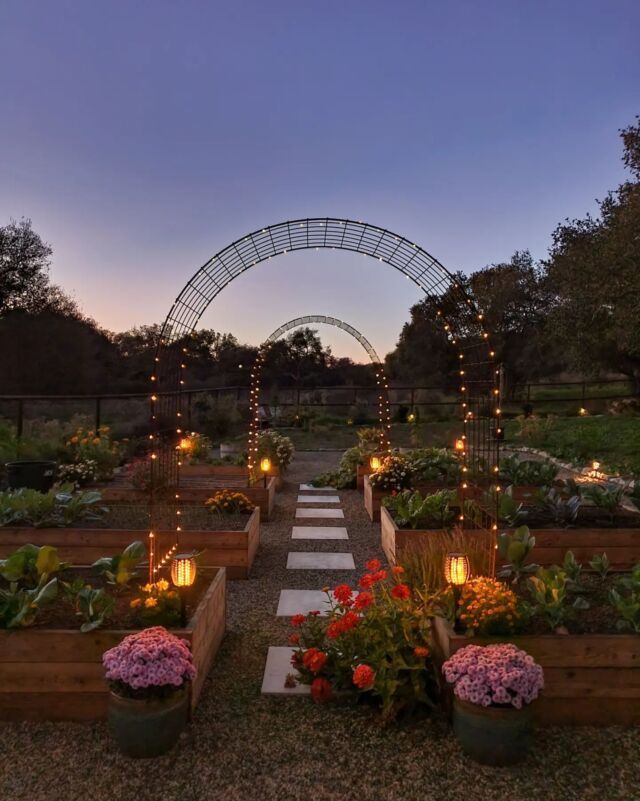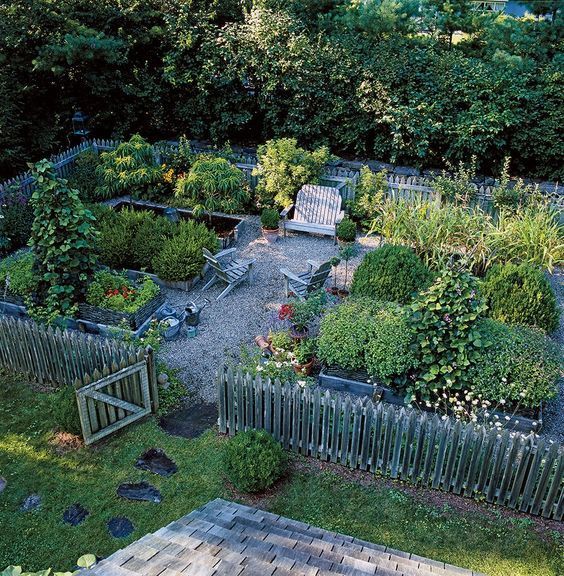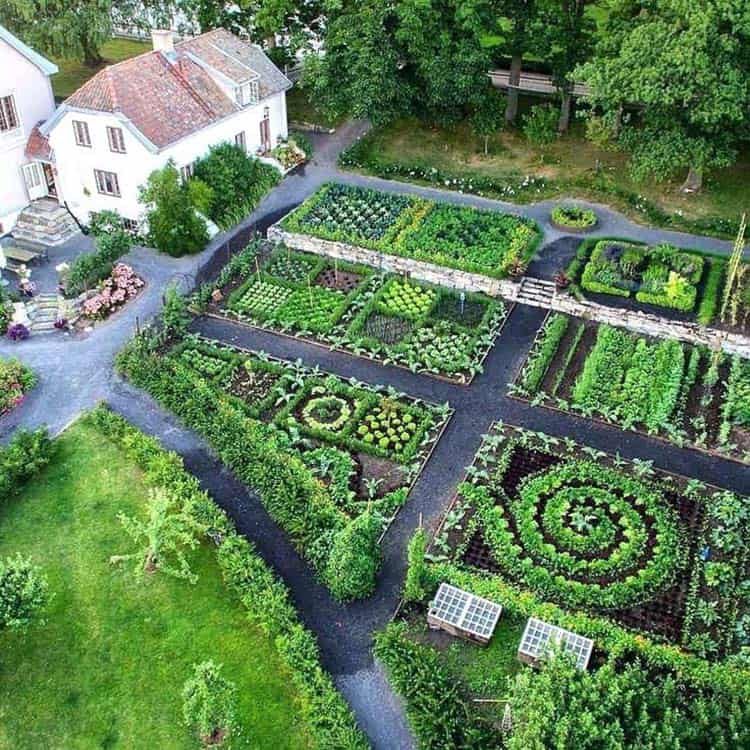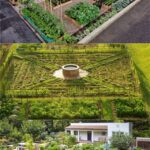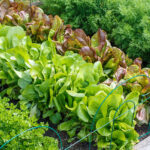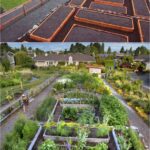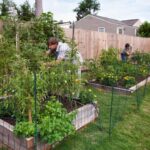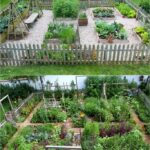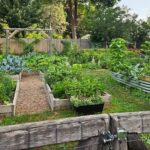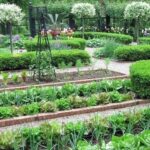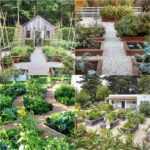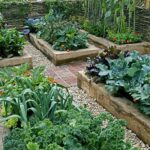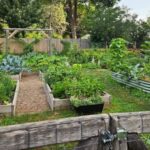Garden design vegetable focuses on creating a functional and visually appealing space for growing vegetables. When planning a vegetable garden, it is important to consider the layout, size, and location of the garden to ensure it meets the needs of the plants and the gardener.
One of the key elements of garden design vegetable is determining the layout of the garden beds. Raised beds are a popular choice for vegetable gardens as they provide better drainage, soil aeration, and ease of access for planting and harvesting. By creating raised beds, gardeners can also control the soil quality and minimize weed growth, resulting in healthier plants and higher yields.
The size of the vegetable garden is also an important factor to consider in garden design. The size of the garden will depend on the available space, the types of vegetables you want to grow, and the amount of time and effort you are willing to invest in maintaining the garden. A smaller garden may be more manageable for beginners or those with limited space, while a larger garden can accommodate a wider variety of crops.
Choosing the location of the vegetable garden is another crucial aspect of garden design vegetable. Most vegetables require at least six to eight hours of direct sunlight each day, so it is important to select a sunny spot for the garden. The location should also be easily accessible for watering, weeding, and harvesting, as well as protected from strong winds and excessive heat.
Incorporating vertical gardening techniques into the design of the vegetable garden can help maximize space and increase yields. Trellises, arbors, and other structures can be used to support climbing vegetables such as tomatoes, cucumbers, and beans, allowing them to grow vertically and save space in the garden. Vertical gardening also helps improve air circulation around the plants, reducing the risk of diseases and pests.
Finally, when designing a vegetable garden, it is important to consider companion planting and crop rotation to enhance plant health and productivity. Companion planting involves grouping together plants that benefit each other, such as planting basil near tomatoes to improve their flavor and repel pests. Crop rotation involves changing the location of crops from year to year to prevent soil depletion and reduce the risk of diseases and pests. By incorporating these practices into the design of the vegetable garden, gardeners can create a productive and sustainable growing space for a variety of vegetables.
